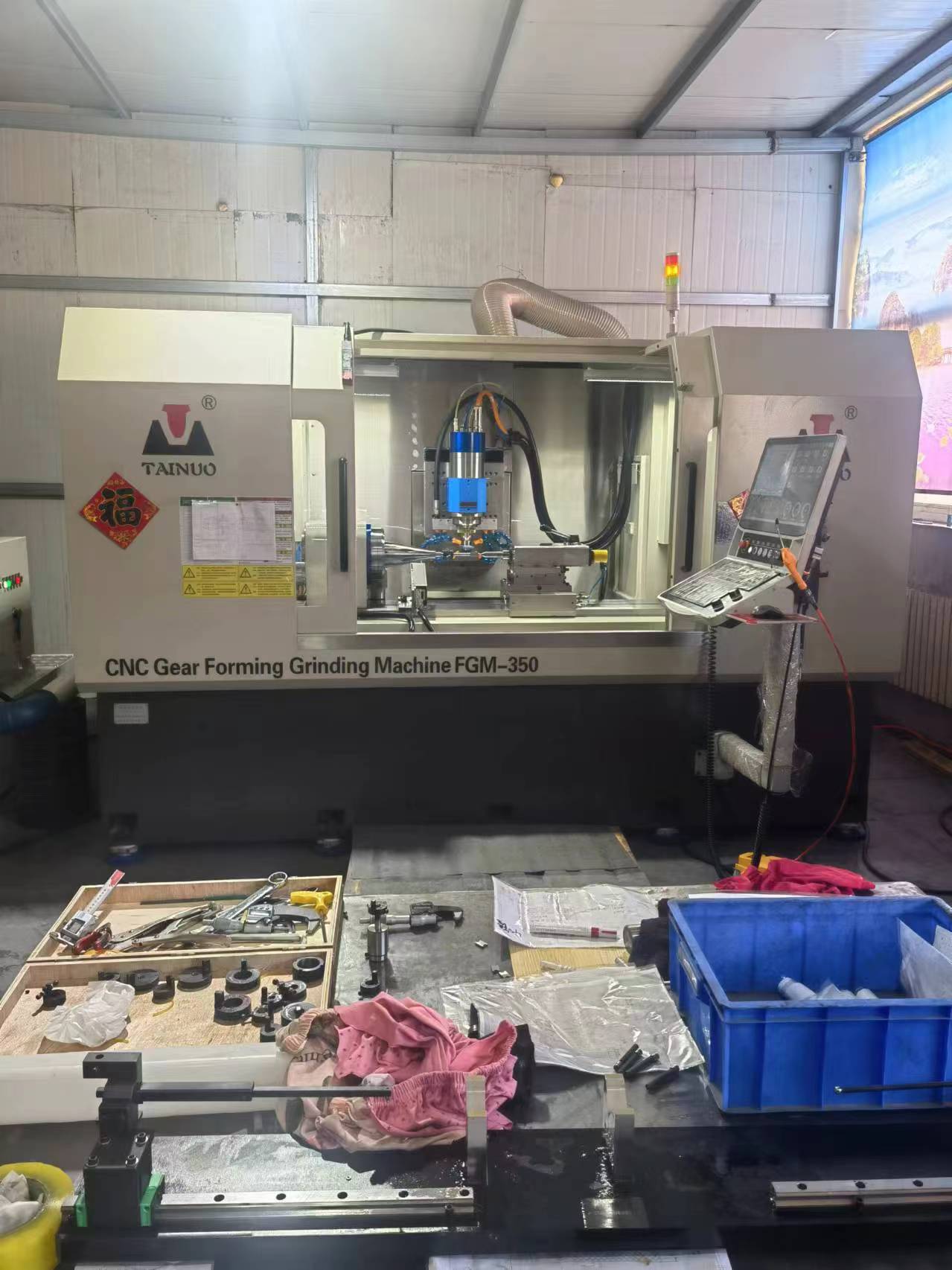Sep . 14, 2024 20:44 Back to list
types of thread plug gauges
Understanding Types of Thread Plug Gauges
Thread plug gauges are essential tools in the field of precision engineering and manufacturing, particularly for measuring the internal threads of a workpiece. They are crucial for ensuring that threaded components fit together properly, maintaining the integrity and functionality of various mechanical assemblies. This article explores the different types of thread plug gauges and their applications, providing a comprehensive understanding of their significance in quality control.
1. Go and No-Go Gauges
The most common types of thread plug gauges are the Go and No-Go gauges. A Go gauge is designed to fit smoothly into the threaded hole, verifying that the threads are within acceptable limits. If the Go gauge fits correctly, it confirms that the major and minor diameters of the threads are adequate. On the other hand, the No-Go gauge is used to check for oversize or incorrect threads. If the No-Go gauge does not fit into the threaded hole, it indicates that the threads are within acceptable tolerance levels.
2. Unified Thread Plug Gauges
Unified thread plug gauges are specifically designed for unified National thread standards, commonly used in the United States and Canada. These gauges measure threads that are often found in automotive and industrial applications. They ensure that the threads meet the specified dimensions for both coarse and fine threads, which is crucial for parts that must withstand high stress and torque.
types of thread plug gauges

3. Metric Thread Plug Gauges
Metric thread plug gauges serve a similar purpose as unified gauges but conform to the International Organization for Standardization (ISO) standards. Discerning engineers often utilize these gauges in applications where international standards are pertinent. With an increasing global market, metric gauges have become essential for manufacturers exporting components across borders.
4. Specialized Thread Gauges
Some thread plug gauges are designed to meet specific requirements, such as those for pipe threads and other unique configurations. For example, tapered thread gauges are used for measuring threads that require a tight seal, typically found in plumbing applications. Additionally, there are gauges that cater to left-hand threads, which are less common but vital for specific mechanical functions.
Conclusion
In conclusion, thread plug gauges are vital tools in ensuring that threaded components meet specified tolerances and standards. From the basic Go and No-Go gauges to specialized metric and unified thread gauges, understanding the different types available allows manufacturers to maintain high-quality production standards. Implementing the correct gauge for a specific application not only enhances product reliability but also ultimately contributes to the safety and efficiency of the machinery and systems they are part of.
-
Y Type Strainer Maintains System Efficiency Long TermNewsJul.15,2025
-
Valve Selection Guide for Industrial ApplicationsNewsJul.15,2025
-
Steel Fab Table Provides Durable Work Surface for WeldingNewsJul.15,2025
-
Pad Iron Provides Stable Support for Heavy MachineryNewsJul.15,2025
-
One Inch Check Valve Fits Standard Plumbing SystemsNewsJul.15,2025
-
Measuring Micrometer Ensures Precise Dimensional AccuracyNewsJul.15,2025
Related PRODUCTS









